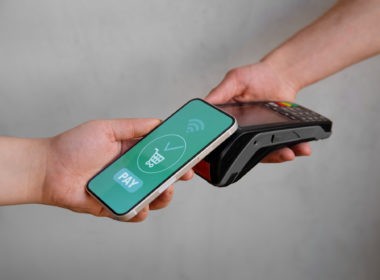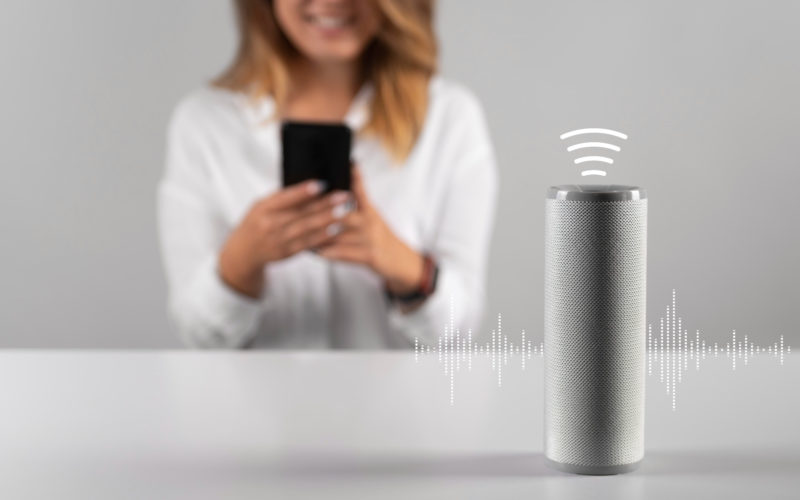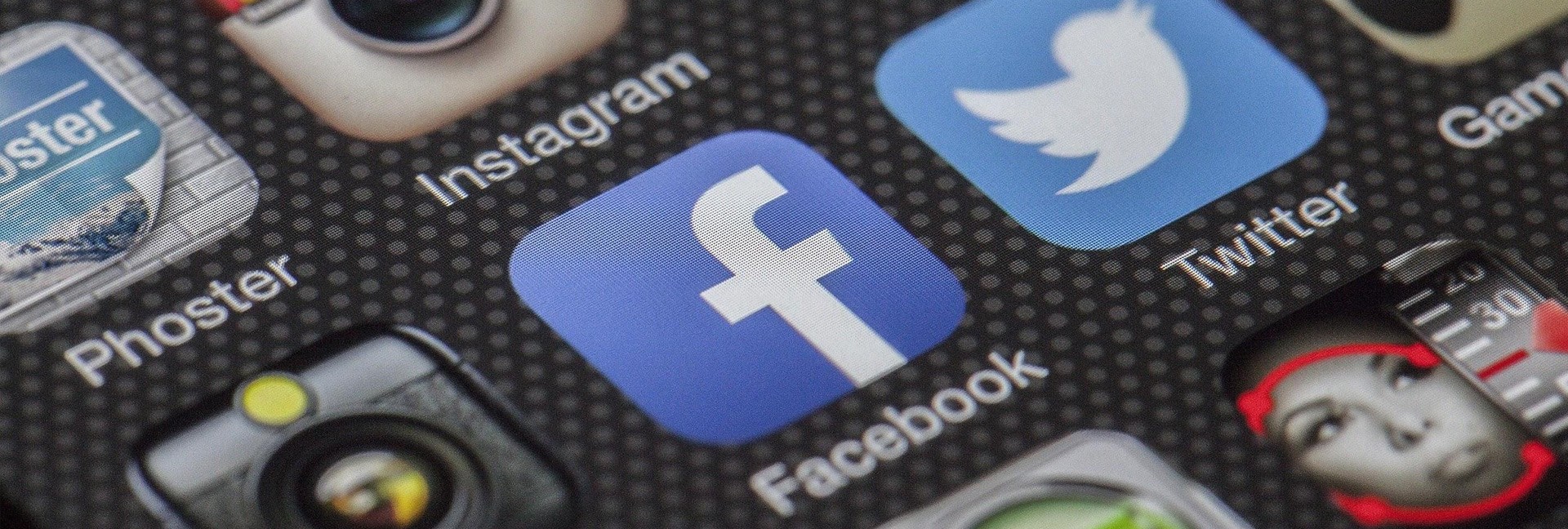Expanding a brand across global markets comes with unique challenges. Especially when it comes to maintaining a cohesive identity. Graphic design plays a vital role in shaping how audiences perceive and interact with a brand. However, translating branding materials while preserving their intended tone, meaning, and visual appeal can be complex. This is where AI-powered voice translator comes into play. By harnessing advanced machine learning and natural language processing (NLP), these tools are reshaping the way designers and marketers adapt content while ensuring consistency.
The Importance of Brand Consistency in Global Markets
Brand consistency is the foundation of trust and recognition in a competitive marketplace. A cohesive brand experience across different languages and cultures ensures that consumers receive a uniform message regardless of location. Key benefits of brand consistency include:
- Increased Brand Recognition: A consistent look and feel help customers recognize and remember a brand.
- Enhanced Customer Trust: Uniform messaging fosters credibility and reliability.
- Stronger Emotional Connection: Consistency in brand storytelling helps establish a deeper connection with audiences worldwide.
- Higher Engagement and Conversions: A seamless brand experience leads to improved user engagement and better conversion rates.
However, maintaining this consistency across multiple languages presents significant challenges. Traditional translation methods often fall short, leading to discrepancies in brand messaging. AI-powered voice translation bridges this gap, ensuring that brand elements such as taglines, slogans, and marketing messages remain accurate and contextually appropriate.
The Role of AI-Powered Voice Translation in Graphic Design
Graphic design is more than just aesthetics; it is a strategic tool used to communicate brand identity, values, and messaging. When expanding into international markets, businesses must translate visual and textual elements without compromising design integrity. AI-powered voice translation is revolutionizing the localization process by:
1. Improving Multilingual Content Creation
AI-powered voice translation tools enable designers to work with multiple languages efficiently. By integrating real-time voice translation, designers can easily convert spoken language into text for captions, advertisements, and website graphics. This eliminates manual translation errors and speeds up the design process.
2. Ensuring Cultural Relevance and Sensitivity
Translating a brand’s message isn’t just about words — it requires an understanding of cultural nuances. AI-powered tools analyze linguistic subtleties to ensure translations resonate with local audiences while maintaining the brand’s voice and tone. For example, what works in English may not convey the same impact in Japanese or Arabic. AI-driven translation adapts messaging appropriately without losing its original intent.
3. Maintaining Design Integrity
Typography, text length, and layout can vary significantly between languages. A phrase in English may be significantly longer when translated into German or shorter in Chinese. AI-powered voice translation helps designers anticipate these variations, allowing them to adjust designs dynamically without compromising aesthetics. This ensures a balanced composition across different language versions of marketing materials.
4. Enhancing Collaboration Between Teams
Global design teams often face communication barriers when working on multilingual projects. AI-powered translation tools enable seamless collaboration by converting spoken input into multiple languages instantly. This allows designers, marketers, and copywriters to work together effectively, ensuring a unified brand identity across regions.
5. Optimizing Video and Multimedia Content
According to Wyzowl’s 2025 report, 89% of businesses use video as a marketing tool, highlighting its prominence in modern marketing strategies. As video content becomes a dominant marketing tool, brands need to localize audiovisual materials efficiently. AI-powered voice translation assists in creating accurate subtitles, voiceovers, and transcriptions that align with the original content’s message and tone. This is particularly useful for promotional videos, tutorials, and social media campaigns that require multilingual accessibility.
Advantages of Using AI-Powered Voice Translation for Graphic Design
Adopting AI-powered voice translation in graphic design offers numerous advantages, including:
- Speed and Efficiency: Automated translations drastically reduce the time needed to localize content.
- Cost-Effectiveness: AI-driven tools eliminate the need for extensive manual translation services.
- Scalability: Businesses can easily expand into new markets without worrying about translation delays.
- Improved Accuracy: AI continuously learns from context, improving translation quality over time.
- Greater Accessibility: Multilingual content enhances engagement with diverse audiences.
Best Practices for Implementing AI-Powered Voice Translation in Branding
To maximize the benefits of AI-powered voice translation in graphic design, businesses should follow these best practices:
1. Choose Reliable AI Translation Tools
Not all AI translation tools offer the same level of accuracy and efficiency. Select solutions that utilize advanced NLP and machine learning algorithms for high-quality results.
2. Test Translations for Cultural Relevance
Even with AI, human oversight is necessary to ensure that translations align with cultural contexts. Engage native speakers to review and refine translations before finalizing designs.
3. Prioritize Brand Voice and Style
AI-powered translation should not alter the brand’s identity. Create style guides that outline tone, terminology, and visual elements to maintain consistency across languages.
4. Leverage AI for Real-Time Collaboration
Use AI-powered tools that facilitate real-time collaboration among designers, translators, and marketing teams, streamlining the localization process.
5. Optimize for Different Formats
Graphic design spans multiple formats, including print, digital, and video. Ensure that AI-translated content is adaptable across various platforms and devices.
Future of AI in Voice Translation and Graphic Design
As AI continues to evolve, its role in voice translation and graphic design will become even more sophisticated. Emerging trends include:
- AI-Powered Voice Cloning: Allowing brands to maintain consistent narration across multiple languages.
- Augmented Reality (AR) and AI-Translated Graphics: Enhancing real-time interaction with localized content.
- Smarter Contextual AI Translation: Improving accuracy by understanding tone, idioms, and brand-specific jargon.
- Integration with Design Software: Seamlessly embedding AI translation tools into platforms like Adobe Creative Cloud and Canva.
Conclusion
AI-powered voice translation is a game-changer in the world of global branding and graphic design. By ensuring accurate, culturally relevant, and visually consistent translations, businesses can effectively communicate their message across multiple languages while maintaining brand integrity. As technology advances, integrating AI-driven translation tools into the creative process will become an essential strategy for brands looking to expand their global reach seamlessly.
By leveraging AI-powered solutions, businesses can enhance efficiency, improve collaboration, and build a strong, cohesive brand presence worldwide. Embracing these innovations will set brands apart in an increasingly interconnected marketplace.












